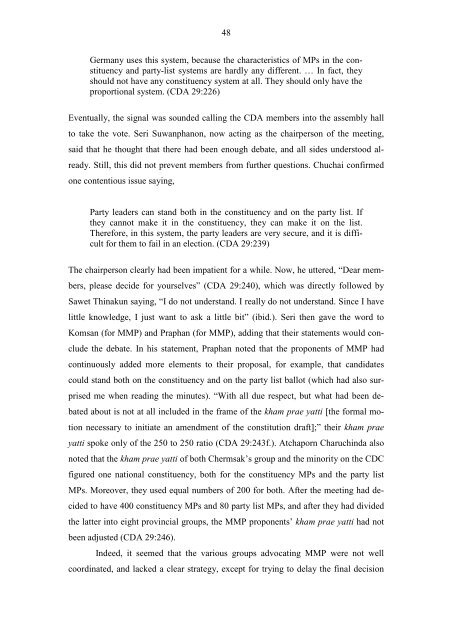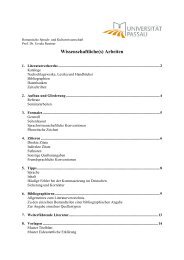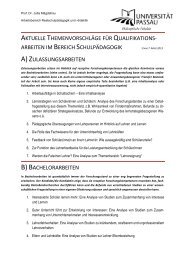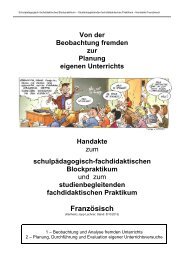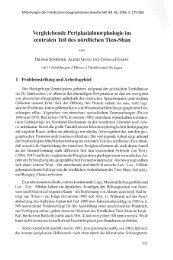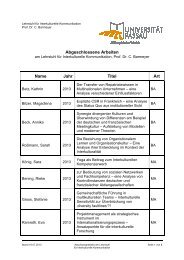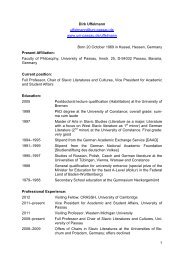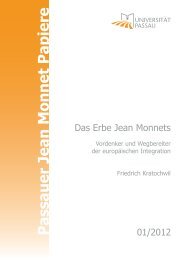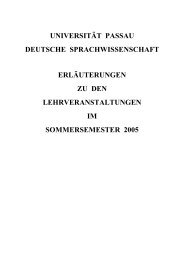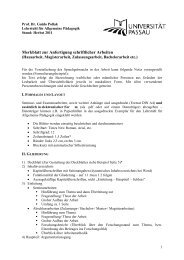The attempt to adopt a mixed-member proportional election system ...
The attempt to adopt a mixed-member proportional election system ...
The attempt to adopt a mixed-member proportional election system ...
You also want an ePaper? Increase the reach of your titles
YUMPU automatically turns print PDFs into web optimized ePapers that Google loves.
48<br />
Germany uses this <strong>system</strong>, because the characteristics of MPs in the constituency<br />
and party-list <strong>system</strong>s are hardly any different. … In fact, they<br />
should not have any constituency <strong>system</strong> at all. <strong>The</strong>y should only have the<br />
<strong>proportional</strong> <strong>system</strong>. (CDA 29:226)<br />
Eventually, the signal was sounded calling the CDA <strong>member</strong>s in<strong>to</strong> the assembly hall<br />
<strong>to</strong> take the vote. Seri Suwanphanon, now acting as the chairperson of the meeting,<br />
said that he thought that there had been enough debate, and all sides unders<strong>to</strong>od already.<br />
Still, this did not prevent <strong>member</strong>s from further questions. Chuchai confirmed<br />
one contentious issue saying,<br />
Party leaders can stand both in the constituency and on the party list. If<br />
they cannot make it in the constituency, they can make it on the list.<br />
<strong>The</strong>refore, in this <strong>system</strong>, the party leaders are very secure, and it is difficult<br />
for them <strong>to</strong> fail in an <strong>election</strong>. (CDA 29:239)<br />
<strong>The</strong> chairperson clearly had been impatient for a while. Now, he uttered, “Dear <strong>member</strong>s,<br />
please decide for yourselves” (CDA 29:240), which was directly followed by<br />
Sawet Thinakun saying, “I do not understand. I really do not understand. Since I have<br />
little knowledge, I just want <strong>to</strong> ask a little bit” (ibid.). Seri then gave the word <strong>to</strong><br />
Komsan (for MMP) and Praphan (for MMP), adding that their statements would conclude<br />
the debate. In his statement, Praphan noted that the proponents of MMP had<br />
continuously added more elements <strong>to</strong> their proposal, for example, that candidates<br />
could stand both on the constituency and on the party list ballot (which had also surprised<br />
me when reading the minutes). “With all due respect, but what had been debated<br />
about is not at all included in the frame of the kham prae yatti [the formal motion<br />
necessary <strong>to</strong> initiate an amendment of the constitution draft];” their kham prae<br />
yatti spoke only of the 250 <strong>to</strong> 250 ratio (CDA 29:243f.). Atchaporn Charuchinda also<br />
noted that the kham prae yatti of both Chermsak’s group and the minority on the CDC<br />
figured one national constituency, both for the constituency MPs and the party list<br />
MPs. Moreover, they used equal numbers of 200 for both. After the meeting had decided<br />
<strong>to</strong> have 400 constituency MPs and 80 party list MPs, and after they had divided<br />
the latter in<strong>to</strong> eight provincial groups, the MMP proponents’ kham prae yatti had not<br />
been adjusted (CDA 29:246).<br />
Indeed, it seemed that the various groups advocating MMP were not well<br />
coordinated, and lacked a clear strategy, except for trying <strong>to</strong> delay the final decision


